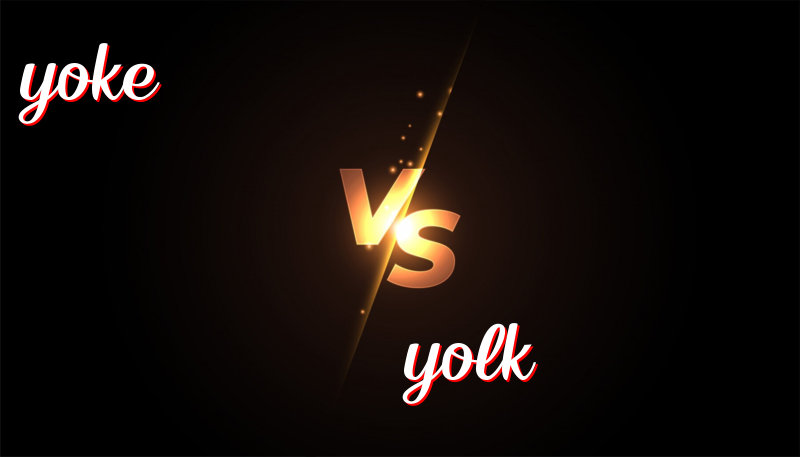Egg-citing Difference: Yoke vs. Yolk
Yoke versus Yolk
Yoke and Yolk are two words that sound similar but have different meanings. Let’s explore their differences in meaning, usage, and how to remember them.
History:
– “Yoke” comes from Old English “yoc,” meaning a wooden frame used to join animals together for pulling a plow or cart.
– “Yolk” has roots in Old English “geolca,” referring to the yellow part of an egg.
How to use them:
– Yoke: A yoke is a device used to connect animals together for work or a symbol of oppression.
– The oxen were harnessed by a yoke to plow the field.
– The yoke of the oppressive ruler burdened the people.
– She wore a beautiful yoke with intricate carvings.
– Yolk: Yolk is the yellow part of an egg.
– She separated the egg white from the yolk.
– The recipe called for two egg yolks.
– The omelet had a rich and creamy yolk.
Trick to Remember the Difference:
An easy way to remember the difference is:
– Yoke, like two animals joined together, has the letter “o” twice.
– Yolk, like egg yolk, has the letter “o” only once.
Summary:
– Yoke: A device to join animals or symbol of oppression.
– Yolk: The yellow part of an egg.
Remember, yokes connect animals, while yolks are in eggs.

Leave a Reply
You must be logged in to post a comment.